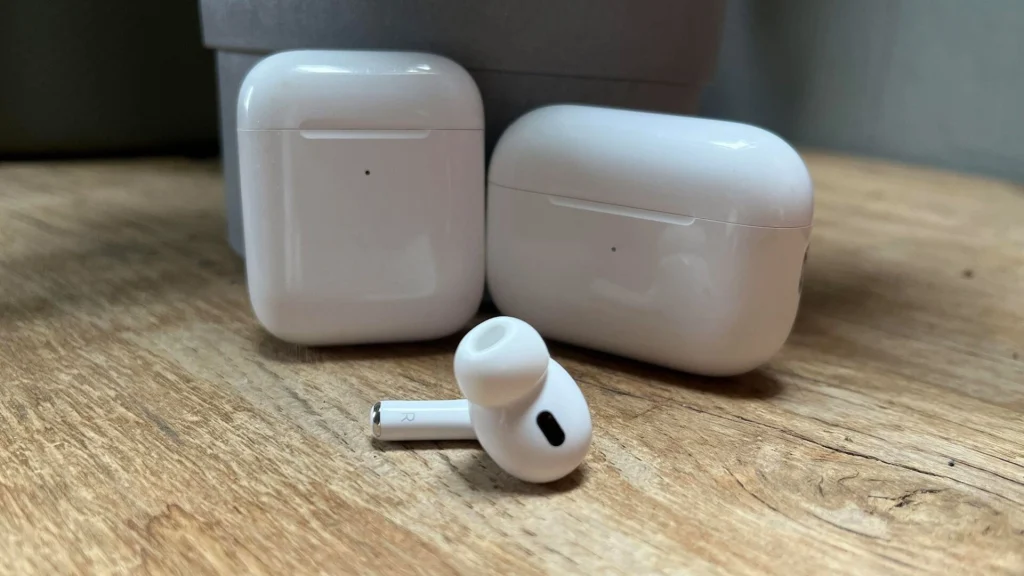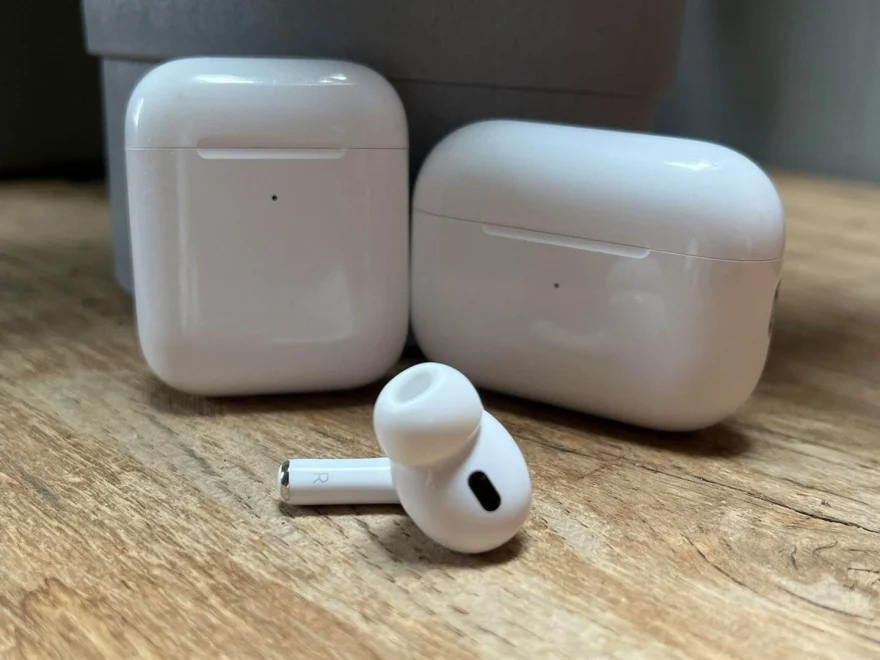Apple’s AirPods are among the most recognizable wireless earbuds on the market. But if you’re an Android user, you may be wondering: Can you use AirPods for Android, and if so, are they worth it?
While Apple’s wireless earbuds are designed to pair seamlessly with iPhones, AirPods with Android is not only possible—it’s fairly easy. However, there are some important limitations that Android users should be aware of before using or buying a pair.
Here’s everything you need to know about connecting AirPods to Android, what works, what doesn’t, and whether you should consider alternatives better suited to the Android ecosystem.

Content
Can You Use AirPods With Android Phones?
Yes, you can use AirPods with Android phones and tablets. The earbuds rely on standard Bluetooth technology to connect to devices, which means Android phones can pair with them just like any other wireless audio device. You’ll be able to use them for listening to music, making calls, and watching videos without issue.
However, because AirPods are designed for Apple’s ecosystem, not all features will be supported. Think of them as high-quality Bluetooth earbuds with limited smart features when paired outside the Apple environment.
How to Pair AirPods With Android Devices
Connecting AirPods to an Android phone is a simple process:
- Open your Android device’s Settings.
- Navigate to Bluetooth and turn it on.
- Open the AirPods charging case (with the earbuds inside).
- Press and hold the setup button on the back of the case until the LED indicator flashes white.
- On your Android phone, your AirPods should now appear in the list of available devices. Tap to connect.
Once paired, they should automatically reconnect when removed from the case, as long as Bluetooth is enabled.
AirPods for Android: What You’ll Miss
Even though pairing is easy, AirPods for Android come with some trade-offs. When used with Android, several key features are unavailable:
- No automatic switching between devices
Apple users enjoy seamless switching between iPhones, Macs, and iPads. Android users must manually switch connections. - No automatic ear detection
Removing an AirPod from your ear won’t pause your music. - Limited controls
Customization of double-tap or long-press gestures is not available unless using third-party apps. - No Siri support
Voice commands via Siri aren’t available, though some third-party apps enable Google Assistant functionality. - No Find My AirPods support
If you lose them, tracking options are limited outside of Apple’s ecosystem.
Improve Compatibility Using Android Apps
To bridge the functionality gap, a few third-party apps can improve the AirPods with Android experience:
- AirBattery
Displays real-time battery levels for each earbud and the case. - Assistant Trigger
Allows you to activate Google Assistant by double-tapping an AirPod. - PodAir or MaterialPods
Simulates in-ear detection, displays connection popups, and lets you customize some AirPods gestures.
These apps don’t perfectly replicate the Apple experience but significantly enhance usability on Android devices.
Best Alternatives to AirPods for Android Users
If you haven’t bought AirPods yet and are open to options, there are AirPods for Android that offer similar or better performance—often at lower prices and with full compatibility.
Here are a few standout picks:
- Samsung Galaxy Buds 2 Pro
Designed for Galaxy and Android devices, these offer Active Noise Cancellation (ANC), ambient mode, and automatic pairing with Samsung devices. - Sony WF-1000XM5
These premium earbuds offer industry-leading noise cancellation, adaptive sound control, and Android integration. - Google Pixel Buds Pro
Perfect for Pixel and Android users, offering real-time translation, ANC, and deep Google Assistant integration. - Jabra Elite 7 Pro
Great for calls, exercise, and commuting, with customizable sound profiles and multipoint Bluetooth for connecting to two devices at once.
Each of these options gives you a seamless experience tailored to Android, unlike AirPods for Android, which require compromises or workarounds.
Who Should Use AirPods With Android?
- Already own AirPods: If you have a pair already, there’s no reason not to use them with your Android phone. You’ll get decent sound quality and easy connectivity.
- Mixed ecosystem users: If you use both Apple and Android devices, keeping a single pair of earbuds like AirPods may make sense despite the limitations.
- Minimalist users: If you don’t need extra features like in-ear detection or custom controls, the basic performance may be good enough.
However, if you want full functionality, custom settings, and tighter integration with your Android phone, AirPods for Android will serve you better.
Final Thoughts: Are AirPods Good for Android?
So, are AirPods for Android worth it?
If you already have AirPods or prefer Apple’s minimalist design, they work well enough for music, videos, and calls. Basic Bluetooth functionality is solid, and third-party apps can help fill in the gaps.
But if you’re shopping from scratch and use Android as your primary OS, there are better, more fully featured earbuds designed specifically for the Android ecosystem. AirPods with Android are compatible, but they’re not optimized—making them a second-best choice for Android users who want the most bang for their buck.
FAQs
Can you use AirPods with Android?
Yes, AirPods work with Android phones via Bluetooth, but some features like Siri and automatic ear detection won’t be available.
How do you connect AirPods to Android?
Open your Android Bluetooth settings, hold the setup button on the AirPods case until it flashes, then select AirPods to pair.
What features do AirPods lose on Android?
You lose Siri support, automatic switching, ear detection, and detailed battery status without third-party apps.
Are AirPods good for Android users?
AirPods provide decent audio quality on Android, but lack full feature support. Android-optimized earbuds offer better functionality.

Jerald is a blogger with a passion for technology who has been writing about the latest in the world of gadgets and gizmos. They are an avid reader of Science-Fiction novels and love to spend time with their wife and kids.

